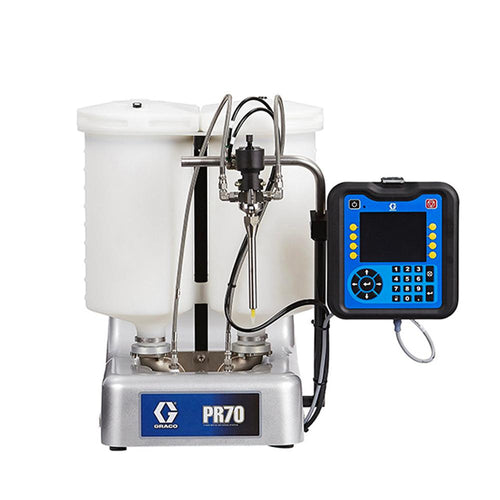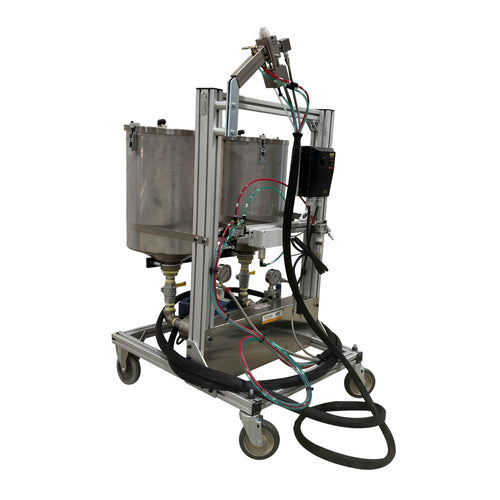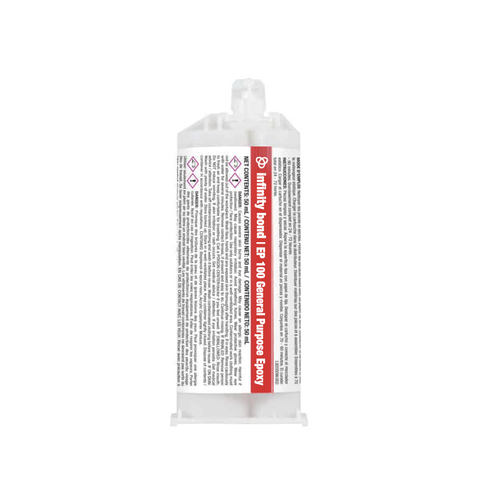There are different types of bridge deck overlays, but in this article, we focus on epoxy bridge deck overlays since they are a popular choice in the industry. We also decided to call in some additional expertise and spoke with Sika's Fabio Puzzo.
Meet Fabio Puzzo

Fabio Puzzo is a Regional Infrastructure Manager with Sika®. He has been working in the bridge deck industry in some capacity for about twenty years.
In the beginning, he spent a lot of time on the installation side. He worked for a company that made the resins and had installation equipment. Consequently, Puzzo was personally involved in the manufacturing of the resin as well as putting it down. He spent time as a project engineer, project manager, and also ran a division that installed bridge deck overlays across the country.
He now works at Sika and has been there for seven years. He currently works on the side of manufacturing and selling materials. Sika is a Swiss multinational specialty chemicals company. While Sika has its hands in multiple industries, construction is one of its main business areas. Puzzo specifically focuses on infrastructure and DOT works, including highways, ports, water treatment plants, airport runways, and bridge deck overlays.
Why Overlays Are Important
Bridges are an imperative part of infrastructure, but they do not last forever without maintenance and repairs. Overlays are meant to protect bridges from deterioration and prolong their lifespan. Puzzo explained, "Bridge deck overlays prevent the intrusion of water into the bridge deck, which is really what causes deterioration… the deck could start to fail along with the substructures, so that's why these are really important."
Deck failure poses a major safety risk and is a big cause for concern. Consequently, each state's Department of Transportation (DOT) needs to monitor the state of its bridges and intervene when needed. Bridge deck overlays can be used to rehabilitate existing bridges instead of doing a full replacement.
Why Epoxy Bridge Deck Overlays?
There are actually various types of overlays that use different materials. Some of these materials include asphalt, latex-modified concrete, polyester polymer concrete, silica fume concrete, silane sealers, and epoxy polymer concrete.
While they all have their pros and cons, epoxy-based bridge deck overlays are a popular choice. They are a type of polymer concrete overlay that uses an epoxy binder. Puzzo commented that an epoxy overlay for bridge decks is "considered a waterproofing overlay, really."
And the benefits of epoxy bridge deck overlays are numerous. "An epoxy overlay is a cheap and fast way to preserve a bridge." He continued, "So maybe a DOT saw that the bridge was starting to deteriorate and instead of going in and doing a full deck replacement, or like a two- or three-inch latex modified overlay, they go in and do this type of overlay, which typically lasts them another 10 to 15 year at a tenth of the price."
Not only can bridge deck overlays of epoxy get the job done at a much lower cost, but they also have a faster turnaround time compared to some other types of materials. Bridge deck overlays made of epoxy have a short cure time, so bridge service can be resumed in a few days rather than what used to sometimes be months.
Sooner Rather Than Later
Because of the low cost and fast turnaround time of epoxy bridge deck overlays, they are being added to bridges sooner and sooner. Puzzo explained, "In the early days, the BDOs were seen as remediation…But throughout the years, the DOTs have come to understand that if you put the overlay on as early as possible in the structure's life, there's very little maintenance that's required after that."
For DOTs who need to manage and maintain an extensive network of infrastructure, this can be a huge help. "So it's saving them a lot of money… and even some states now opt to put overlays on when the bridges are brand new."
Equipment Advances
It isn't just the timing that is changing. Over the years, there have been advancements in technology and the equipment used to apply epoxy bridge deck overlays as well. Puzzo explained, "In the early years, the resins were mixed by hand and just poured out of bucked." The workers would have to act quickly to distribute the material evenly before it cured. Consequently, there was a lot of room for human error and poor results. Many contractors saw issues like incorrect mix ratios, improper mixing, premature curing, and wasted material.
Fortunately, there have been some advancements in equipment in the industry on how to apply an epoxy overlay to a bridge deck. "Since then, people have created semi-automated machines that mix and dispense the liquid."

The AST GMP 500 is a good example of this advancement. It is designed specifically to mix and dispense two-component materials for applications like covering bridge decks with epoxy overlays. Puzzo noted, "In my personal opinion, it's the most simple and easy to both run and maintain. And I've never had any reliability issues."
Unlike other machines, it features an external lubrication exchange, so there is no need to disassemble and reassemble the pumps for maintenance. Also, a pressure transducer will automatically shut off the machine if there is not enough pressure.
He continued, "I think that the GMP 500 has the best ratio accuracy. That's why I always liked it, and that's why I recommend it." Rather than mixing a large batch at once, the machine only mixes the material in the static mixer. It also decreases the room for error with ratio monitoring and automatic shut-offs if the ratio is incorrect.
Epoxy-Based Materials
While there are different types of overlays, epoxy is one of the most commonly used materials. It is popular because it cures quickly and is not as expensive as some other materials. Puzzo shared a bit of information about some of Sika's products for bridge deck overlays.
Sika's most common product for this application is the 22 FS. It is epoxy-based, medium viscosity, and low-modulus. It meets ASTM C-881, Type III, Grade 1, Class C and AASHTO M-235 specifications. On top of this, it also meets 3 h/1000 psi requirements when mixed as an epoxy mortar.
Puzzo noted, "So all the epoxies work great. Ours in particular is the most moisture tolerant and is fast curing." All these properties and more, make this product Sika's biggest seller for bridge deck overlays.
This product is actually an epoxy-urethane resin binder. It is low viscosity, moisture-tolerant, and typically considered a higher-grade option than the 22 FS.
Puzzo explained, "Most states use the epoxy resin, but some states want an epoxy-urethane resin... The epoxy urethane is considered to be a better product, and certain states only use that." It has a greater tensile strength than the 22 FS and also conforms to the current ASTM C-881, Type III, Grade 1, Class-C specifications.
Need More Help?
During our interview, Puzzo noted, "If you look at DOT spending, bridges are really the most expensive piece of our roadway infrastructure." And epoxy overlays for bridge decks play a critical role in maintaining the integrity, safety, and longevity of bridges across the country.
Using the right material and applying it correctly is imperative for the best results. If you have more questions about the dispensing process for epoxy bridge deck overlays or about the products mentioned above, you can contact us.







